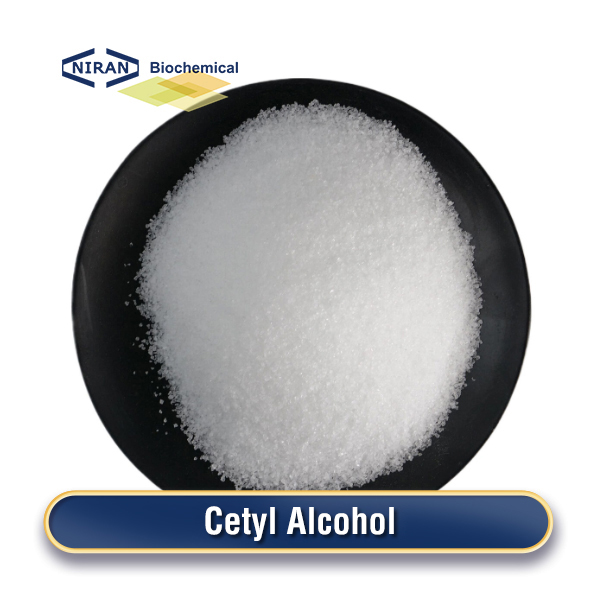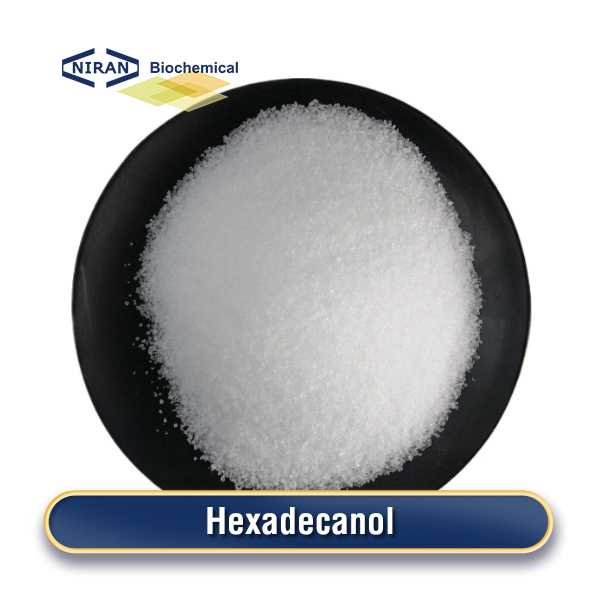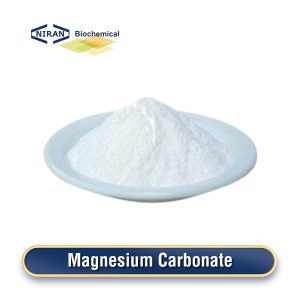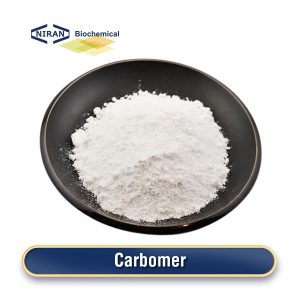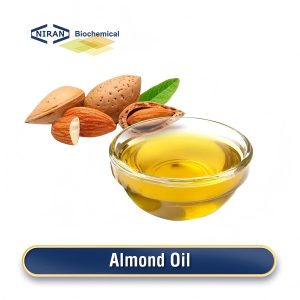Cetyl Alcohol
- CAS Number: 36653-82-4
- Chemical Formula: C16H34O
- MOQ: 1000KG
- Shelf Life: 2 years
- Forms: Crystal
- Synonyms: Cetyl alcohol, Hexadecyl alcohol, Palmityl alcohol, C16 alcohol, Hexadecanol
Product Description
What Is Cetyl Alcohol?
The cetyl alcohol is mostly present in natural oils like coconut and palm kernel oil. It appears as a white, waxy solid. It has a white, waxy solid appearance.
Preparation:
In the presence of a catalyst, such as nickel, palmitic acid is usually hydrogenated to generate cetyl alcohol.The reaction reduces the carboxyl group of palmitic acid to a hydroxyl group, forming cetyl alcohol. As an alternative, it can be created by use reducing chemicals such as sodium borohydride to reduce hexadecanal.
Related Parameters:
| Items | Standards |
| Appearance 30℃ | White crystal |
| Colour Hazen | 10max |
| Moisture % | 0.15max |
| Acid Value mgKOH/g | 0.2max |
| Saponification Value mgKOH/g | 0.8max |
| Iodine Value gl2/100g | 0.8max |
| Melting point ℃ | 46-52 |
| Hydroxyl Value mgKOH/g | 220-240 |
| Total Alcohol % | 99.0min |
| Hydrocarbon alkyl % | 1.0max |
| C16 Alcohol % | 98.5min |
Recommended Dosage of
Cetyl Alcohol:
| Applications | Dosage |
| Cosmetics and Personal Care | 2%-6% |
| Hair Care Products | 1%-3% |
| Pharmaceuticals | 1%-5% |
| Emulsions (Cosmetic/Pharma) | 2%-5% |
| Industrial Applications | 1%-3% |
| Surfactants | 1%-3% |
| Plasticizers | 0.5%-1.5% |
| Food Industry (limited use) | <0.1% |
| Aromatherapy (Carrier Oils) | 1%-2% |
Cetyl Alcohol Has Wide Range of Uses:
1. Cosmetics and Personal Care
Emulsifier: A substance that helps to stabilize emulsions in products like lotions, creams, and other personal care items.
Thickening Agent: Makes formulas like body washes, shampoos, and conditioners more viscous.
Moisturizer: Softens and smoothes the skin by acting as an emollient.
Hair Care: Provides conditioning properties in hair creams and conditioners.
2. Pharmaceuticals
Topical Formulations: Used as an emulsifier and thickening in lotions, creams, and ointments.
Stabilizer: Helps stabilize the consistency of medicinal creams and other topical products.
3. Applications in Industry
Lubricants: Incorporated into industrial greases and lubricants.
Plasticizers: Employed in the manufacturing of plastics to improve flexibility and durability.
Detergents and other goods based on surfactants are made using surfactants.
4. Food Sector (Restricted Use)
Food Additive: Occasionally used as a food additive or stabilizer in certain food products, though this is less common than other applications.
5. Chemical Synthesis Intermediate: Employed in the production of emulsifiers, surfactants, and other chemical substances.
User Asked Question:
Q: What is the difference between Cetyl Alcohol/Hexadecanol and Lauryl Alcohol?
A: Cetyl alcohol is a long-chain fatty alcohol, while Lauryl Alcohol has a shorter carbon chain. Cetyl alcohol is solid at room temperature and is used mainly as an emulsifier and thickener in creams and lotions. Lauryl Alcohol, being more liquid, is often used in surfactants and cleansing products for its foaming and detergent properties. Cetyl alcohol is more waxy, while Lauryl Alcohol is lighter and more volatile.

